Soccer is an exciting and exhilarating game, but it’s not without its risks. When attempting to score or defend the goal, players often put their bodies in harm’s way and sometimes suffer injuries. Whether they are seasoned veterans or rising stars, a serious injury can cause significant damage to someone’s career. So, let’s consider 10 of the worst injury in soccer, as explained by bestsoccertips.com, detailing what happened, the initial consequences, and how players might recover if possible.
What is the worst injury in soccer history?
1. Eduardo – Arsenal vs Birmingham City (2008)
Eduardo da Silva suffered a shocking leg break while playing for Arsenal against Birmingham City in 2008. A mistimed tackle by Martin Taylor resulted in Eduardo fracturing his left fibula and dislocating his ankle, forcing him to sit out for just a few months after joining the Gunners.

He had to endure a lengthy spell on the sidelines, and despite making a comeback to the pitch in February 2009, the Croatian player never quite regained his previous form, leaving Arsenal fans worldwide disappointed. His career continued with Shakhtar Donetsk, where he achieved moderate success before retiring from football in 2018.
2. David Busst – Coventry City vs Manchester United (1996)
One of the most horrific injuries in soccer, David Busst’s career came to an end when he collided with Manchester United players during a corner kick in a 1996 match, resulting in compound fractures to both his shin and thigh bones on his right leg.

The recovery process was lengthy, involving multiple surgeries, and there were even concerns that Busst might face amputation. Although that didn’t happen, the final injury led to his retirement. Busst has since worked with Coventry City’s community program, but his injuries were so severe that he could never play competitively again.
3. Luc Nilis – Aston Villa vs Ipswich Town (2000)
Playing for Aston Villa, Luc Nilis’ career was cut short when a collision with Ipswich goalkeeper Richard Wright led to a double fracture in his right leg. Nilis had just joined Aston Villa, scoring a goal in his first two appearances, but his third outing for the team resulted in a serious leg injury.
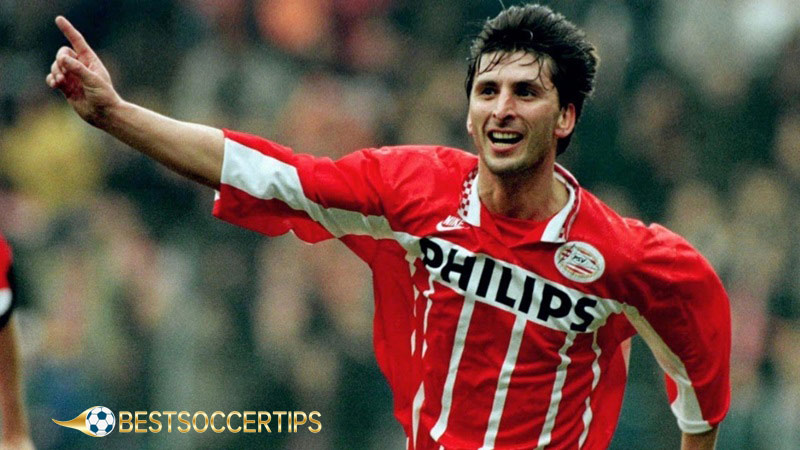
Nilis underwent surgery and faced a challenging rehabilitation process, with concerns that his leg might need to be amputated due to infection. However, that scenario didn’t unfold, yet Nilis was forced to retire prematurely, later taking on coaching roles at PSV Eindhoven.
4. Henrik Larsson – Celtic vs Lyon (1999)
One of Sweden’s greatest and most talented stars, Henrik Larsson, suffered a severe injury while playing for Celtic, breaking his leg in two places during a UEFA Cup match against Lyon in 1999.
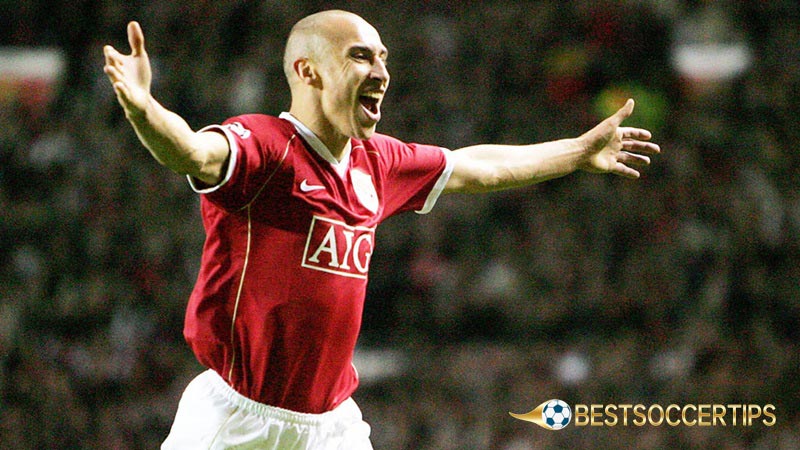
An 8-month recovery period saw Larsson return to play, remarkably regaining his previous form and achieving numerous awards, including the Golden Boot. The Swedish player then moved to Barcelona, where he helped turn the tide in the Champions League final against Arsenal in 2006 and aided the Catalan giants in securing European football’s most prestigious prize. Larsson later found himself in the Premier League for a brief stint with Manchester United, but despite his significant achievements, the harrowing nature of his 1999 injury cannot be forgotten.
5. Djibril Cisse – Liverpool vs Blackburn Rovers (2004)
Djibril Cisse’s career was marked by two horrific leg breaks, just two years apart. The first occurred in a match for Liverpool in 2004, sidelining him for seven months. The second incident took place during a warm-up match for the 2006 World Cup and was potentially even more devastating.
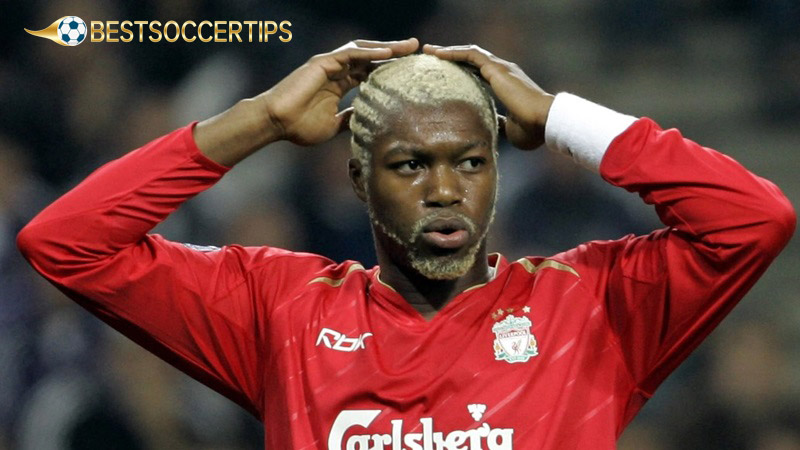
The forward was stretchered off the field in Les Bleus’ match against China, after chasing a ball onto the right wing and then having his right leg buckle underneath him from a defender’s challenge. Despite these setbacks, Cisse’s recovery ability helped him continue playing for various clubs, although he never reached the heights again.
6. Alf-Inge Haaland – Manchester City vs Manchester United (2001)
A daring challenge by Roy Keane left Alf-Inge Haaland, father of Manchester City star Erling, with a knee injury that ultimately led to his retirement. The tackle became infamous and sparked controversy, and in his autobiography a year later, Keane admitted he had “waited long enough” to exact revenge on Haaland following their previous encounters.
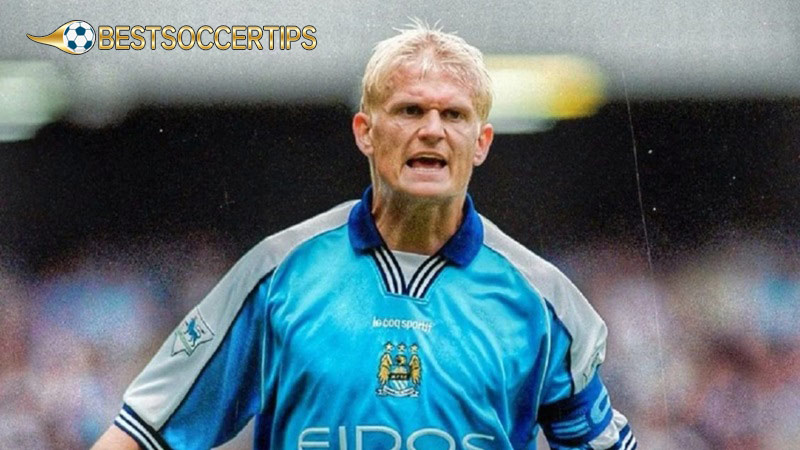
His animosity towards the Norwegian player stemmed from when Haaland stood over Keane after the latter fell during a clash in 1997, accusing him of feigning injury. Instead, the former Republic of Ireland star tore his cruciate ligament. Ultimately, Haaland struggled with his own injury, playing only a few more matches before retiring in 2003.
7. Alan Smith – Manchester United vs Liverpool (2006)
Former Manchester United talent Alan Smith’s career took a new turn when he blocked a free kick from John Arne Riise in an FA Cup match against Liverpool, resulting in a broken leg and dislocated ankle. After a year-long hiatus, he returned but failed to reach his previous form, playing for several clubs before retiring. It was a rather heartbreaking decline for Smith, who was once expected to achieve great things following his high-profile transfer from Leeds United to Manchester’s red half.
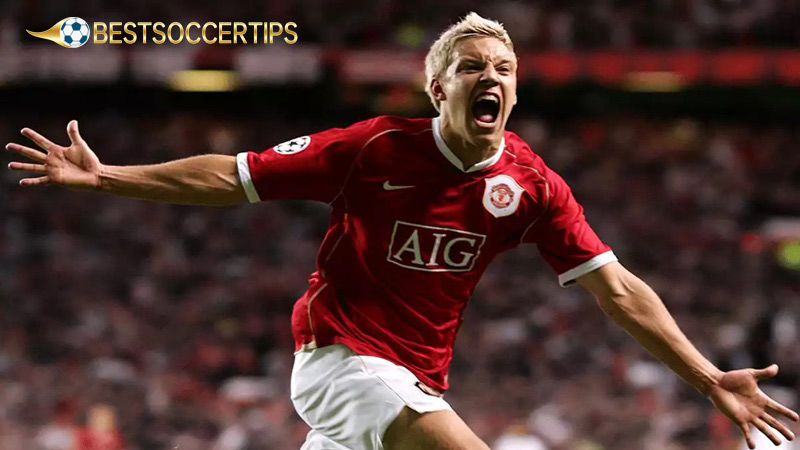
Speaking a week before the summer 2005 transfer deadline, Sir Alex Ferguson said, “Roy (Keane) sees the same things in Alan that he saw in himself as a young player, which could help Alan develop into a very good player in that position.” Unfortunately for Smith and United, the horrific injury prevented him from fulfilling his potential.
8. Patrick Battiston – France vs Germany (1982)
In the 1982 World Cup semi-final, a brutal collision with German goalkeeper Harald Schumacher left Patrick Battiston with a broken tooth, ribs, and damaged vertebrae. The French player was through on goal, and although he attempted his shot, Schumacher turned and collided hip-first into the defender.

Battiston lay unconscious, even comatose, on the ground, with his teammate Michel Platini even believing he was dead due to “no pulse and looking pale.” He remarkably recovered, continuing his international and club career, winning several championships with Bordeaux.
9. Radamel Falcao – AS Monaco vs Monts d’Or Azergues (2014)
An ACL tear in a French Cup match sidelined Radamel Falcao for several months, causing him to miss the 2014 World Cup. Despite returning to play, the injury affected his form, and Falcao struggled to regain his prominence, although showing glimpses during his time at Monaco. The Colombian player was renowned as a lethal striker, scoring for Porto and later Atletico Madrid in the late 2000s and early 2010s.
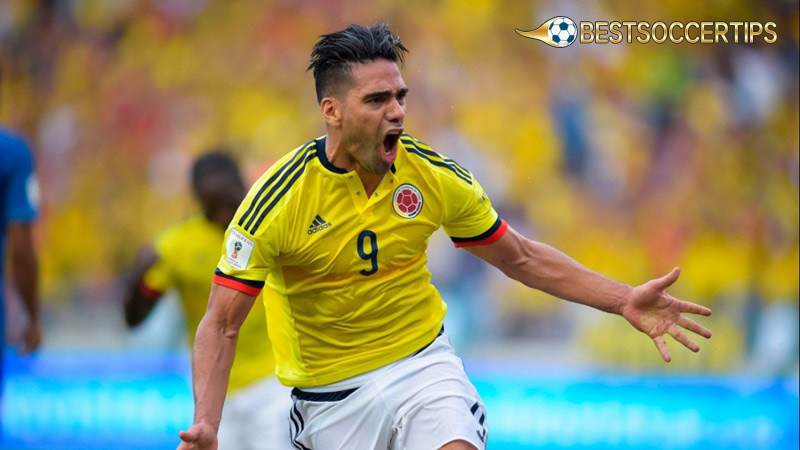
His performances in the Spanish capital earned him a big-money move to AS Monaco, where he would suffer an injury just months after joining. Falcao would play for Manchester United on loan before returning to Monaco and enjoying a resurgence, helping the team reach the Champions League semi-finals alongside a young Kylian Mbappé in 2017.
10. Neymar – Brazil vs Colombia (2014)
In terms of heartbreaking injuries, this one might top the list. In the 2014 World Cup, Neymar suffered a fractured vertebrae after a collision with Colombia’s Juan Camilo Zúñiga. Brazil was the name on everyone’s lips when attending the tournament, as it was held in his homeland, and the sea of yellow and the deafening noise as he stepped onto the stage was a sight to behold.
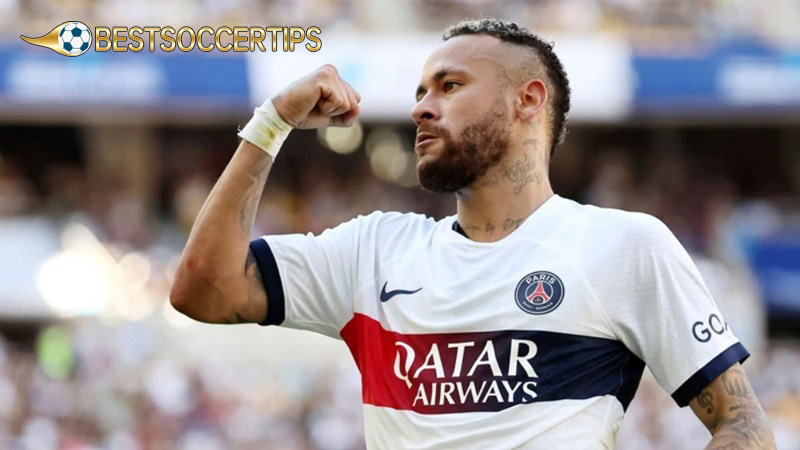
The stars seemed aligned for him to have his moment of international glory, following in the footsteps of the Samba stars before him – only to name a few like Pele, Ronaldinho, and Ronaldo. Instead, the injury would force him out of the tournament, and he would later witness Germany’s 7-1 defeat of Brazil in the semi-finals, leaving the entire nation in mourning.
Conclude
In summary, these accounts of soccer injuries reveal the harsh realities and uncertainties that athletes encounter in pursuit of their passion. They shed light on the physical and emotional tolls endured by players, from career-threatening setbacks to the resilience displayed in recovery. Through these narratives, we are reminded of the fragility of the human body and the profound sacrifices made in the name of the game. Yet, amidst the challenges, there is also a testament to the unwavering spirit and determination that define soccer players, inspiring admiration and respect for their courage in the face of adversity.




